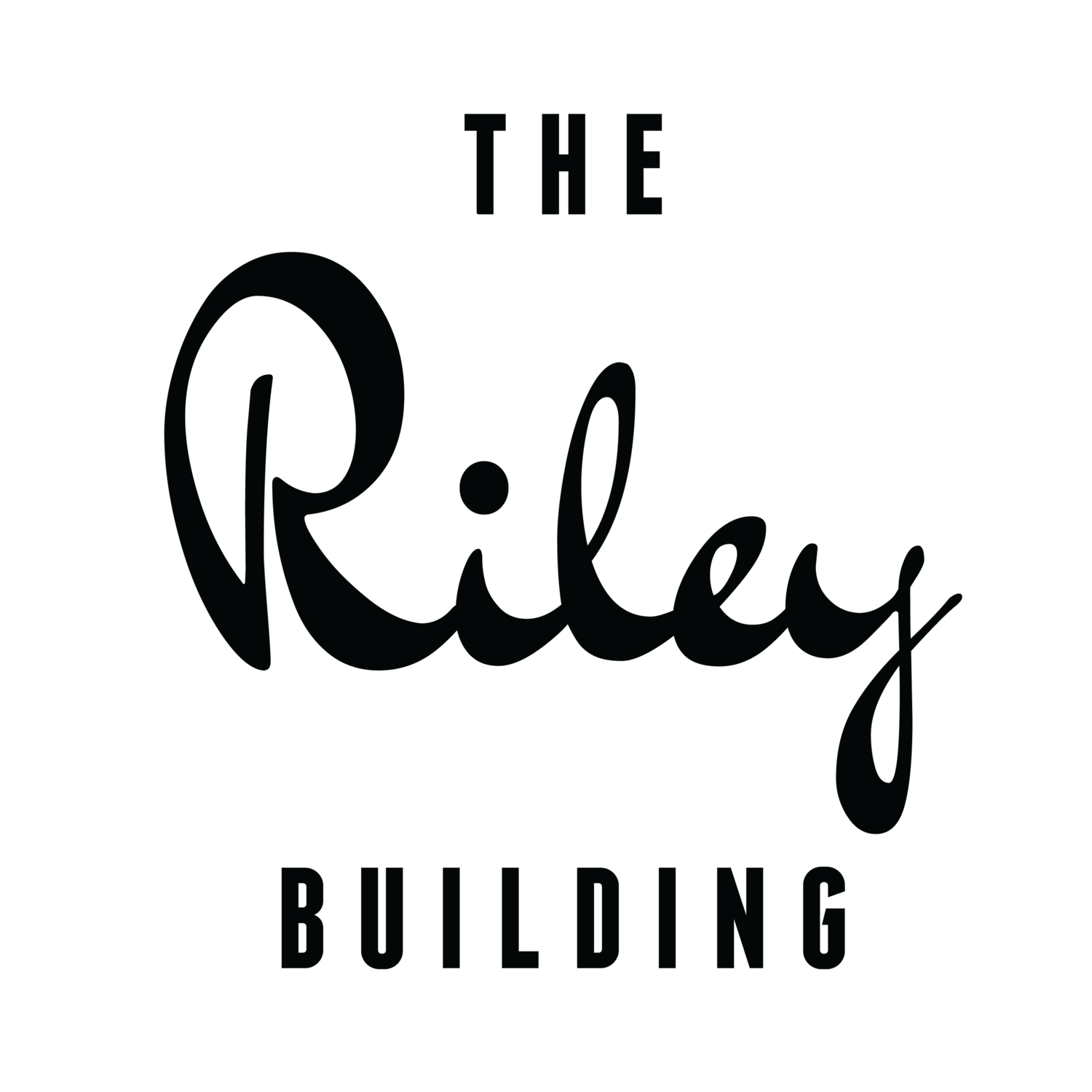Our History in the Warehouse District
Discover our district’s colorful past and our place in its continuing evolution
The Warehouse District
In the early 20th century, Austin’s Warehouse District was a bustling industrial center with saloons, beer halls, and brothels. It was rambunctious and lively, much like it is today. Back then, it was often referred to as “The Jungles,” getting its name from the area’s wild occurrences, including western brawls and drawn pistols.
Visitors to the district ranged from railroad workers to Texas lawmakers. It was a place for everyone to come together, enjoy beer, nightlife, and the ever-evolving scene.
In the 1980’s, Austin’s Warehouse District began to transform, from a rough and rowdy industrial drinking well, to a burgeoning gay entertainment scene.
This opened the door for an evolution into what we know today - an inclusive, welcoming district for anyone and everyone. We welcome you to explore this historical area that we are proud to call home.
The Riley Building
On the corner of Lavaca and 4th Street, next door to the vibrant gay nightclub Rain, and across the street from the local favorite daytime coffee shop and night-time cocktail bar Halycon, sits The Riley Building.
Originally constructed in 1928, this noteworthy venue has undergone a number of renovations to establish what we see today, while preserving the history and its original, foundational structure.
First serving the Warehouse District community, in much of the way we see depicted in western movies with cowboys and hell-raisers, today it has evolved into a modern industrial event venue hosting guests from around Austin and beyond.
The bricks of the Warehouse District buildings were constructed from the clay dirt surrounding Town Lake. It is these same bricks that hold history in the walls of what we see today, including The Riley Building.
Fun Fact: You’ll find on street corners around our block the historic “Moonlight Towers.” These lamp posts, preserved through the Texas Historical Commission, are the last remaining in the country.


